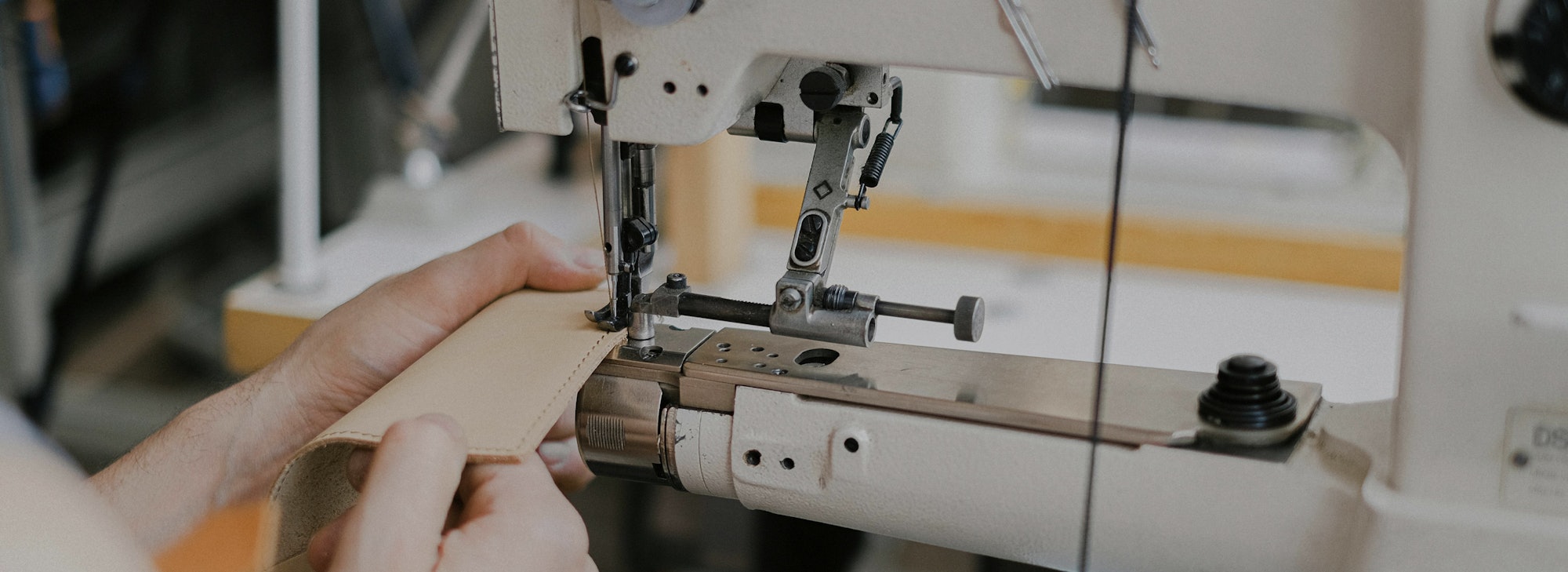Close
Popular searchesNew arrivalsBagsBeltsAccessoriesBestsellersOutlet
Manufacturing & transportation
Here at Saddler we do everything we can to ensure that our products are manufactured in a sustainable way and with a long-term approach.

Responsible manufacturing
Here at Saddler we do everything we can to ensure that our products are manufactured in a sustainable way and with a long-term approach. It’s extremely important for us that all elements of our production chain have as little environmental impact as possible. Our products do not contain any restricted substances, and everyone working with us must have good working conditions and a pleasant working environment. We take pride in our work within the Amfori/Business Social Compliance Initiative which has been our focus since 2006. The Amfori/BSCI is a leading supply chain management system that supports companies to drive social compliance and improvements within the factories and farms in their global supply chains. The system implements the principle international labour standards which protects workers’ rights, such as the International Labour Organization conventions and declarations, the United Nations Guiding Principles on Business and Human Rights and guidelines for multinational enterprises of the Organization for Economic Co-operation and Development. This code of conduct is the framework when it comes to social compliance. Our Indian suppliers are certified according to SA8000, a leading social certification standard that protects working conditions and worker's wellbeing.
Transport
We are constantly working to reduce the environmental impact from our transport activities. We do this in part by always opting for transport by sea rather than by air from Asia as far as possible. For all means of transport, we are working to increase the capacity utilisation and streamline the entire logistics chain in order to cut down the number of transport journeys. Throughout our transport chain we encourage hauliers who are ISO-certified, are working on fuel-saving measures and are actively switching to renewable fuels.
We are working systematically to minimise our environmental impact on people and nature, and to ensure that everyone who works with us can do so under humane and fair conditions.
Here at Saddle we feel that it is important that we take responsibility for the whole chain – from the design table to the reconditioning of what you have bought from us. To us, that is sustainability.
We are working systematically to minimise our environmental impact on people and nature, and to ensure that everyone who works with us can do so under humane and fair conditions.
Here at Saddle we feel that it is important that we take responsibility for the whole chain – from the design table to the reconditioning of what you have bought from us. To us, that is sustainability.
